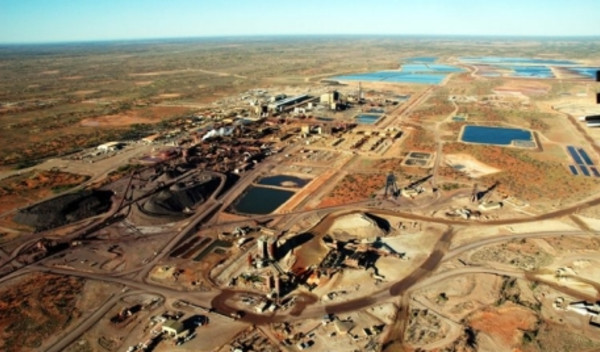

Have you ever considered investing in Antimony, Cadmium or Zirconium? Could you identify which was which out of a collection of similar looking lumps of metal? Would you even be interested in doing so? I suspect for most investors the answer to all three questions above is a “no” – and a fairly disinterested one at that. However if you could achieve the long-held dream of alchemists and add a few extra electrons, protons and neutrons to the above metals, you’d end up with gold. Now that’s a metal that gets investors excited.
Yet arguably the first three names should be at least as important to you. There is five times more zirconium in your body than there is gold, 10 times more antimony than gold and 250 times more cadmium than gold. (I could go on listing obscure chemical elements that outweigh gold, but it might get a touch boring.) In addition, the tiny trace amount of gold present in our bodies seems to have no particular function – we certainly don’t need it in the same way as we need oxygen.
Why then is there this fascination with the yellow metal? Why is it so overrated in comparison to its actual importance to our continued existence? Should it really be treated with such reverence as an investment?
The historic context sheds some light. Over the last few millennia gold was used as a means to exchange nominal values of goods without exchanging the goods themselves. In many respects gold is a natural choice to act as coinage – rare, but not unobtainable, and with no harmful effects. Other materials could also have been used; silk and saffron spring to mind as scarce commodities, but would perhaps have been harder to transport efficiently.
Through the centuries though, the role of gold as part of the currency diminished, as non-gold coins and letters of credit began to proliferate. In the current era, gold’s relation to money has completely vanished – the financial world has moved on to ‘fiat money’ (currency that a government has declared to be legal tender, but is not backed by a physical commodity), mainly stored in cyberspace.
Ask someone in the street to be paid in gold and you’ll get a very funny look. Yet bizarrely, in the investment world (which has embraced fiat money with aplomb), gold still has its place. Investors set aside a portion of their asset allocation for it, and there are fierce defenders of the protection that gold can offer in times of financial crisis and market volatility.
This ‘safe haven’ argument is relatively weak to my eyes. Without an explicit connection to a currency, holding gold is the same from a financial perspective, as owning any other asset. Valuing assets is quite easy (in general terms – the specifics are the reason analysts exist in such numbers!). For an equity, the value is in owning a part of a company and its future growth. For a bond, it is about how much a fixed stream of cash is worth, adjusted for risk. Even commodities such as energy or food can be priced by the end demand for them – they are necessary for either industry or life.
Gold though has zero potential earnings, no stream of cashflows and minimal industrial use. There is of course demand from the fashion industry, but it tends to be fickle and erratic. The only real price determinant is how much the person you sell to will pay – the ‘greater fool’ theory. That doesn’t strike me as attractive, however you cut it.
One last thought: For gold to truly be a safe haven, one has to believe that if the world ends, it will become the means of exchange once more. I’d still argue for owning canned food and bottled water before an inert lump of metal. Plus, if you own gold through any financial instrument (ie. don’t just have it tucked under your bed), you’ll do well to exercise your claim to ownership in the aftermath of some kind of apocalypse…
Ben Kumar is investment manager at 7IM



